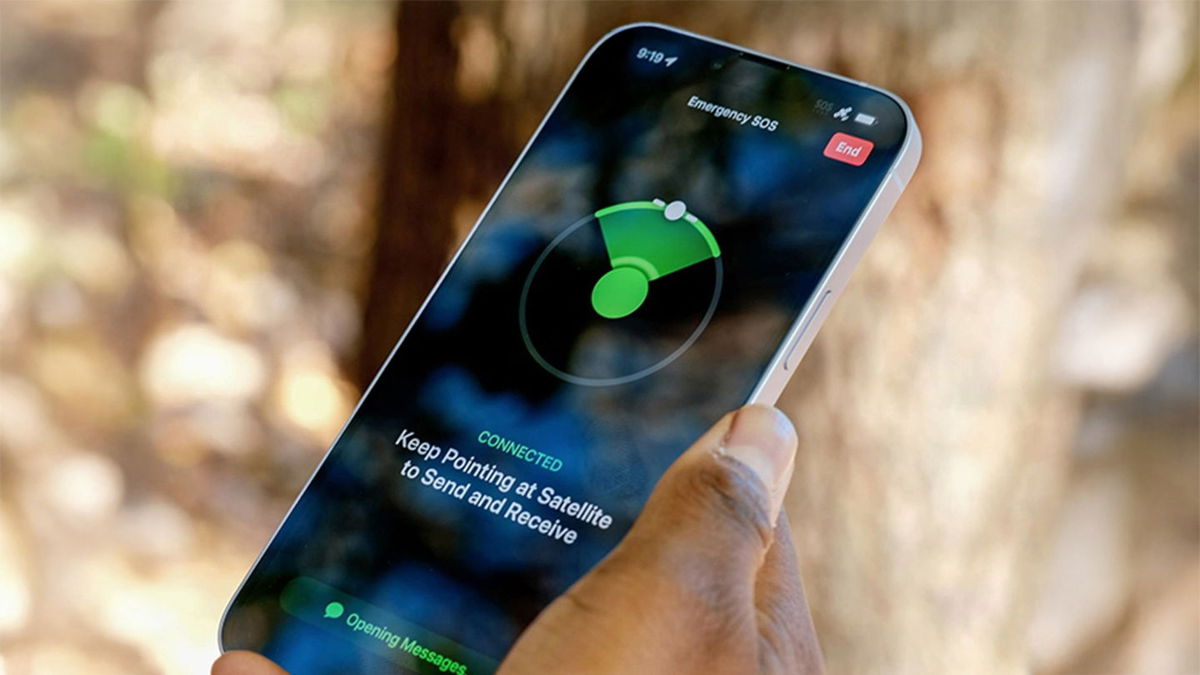Technological advancements have shaped human history and among them, mobile phones have played a very important role. From groundbreaking devices to the sophisticated handheld supercomputers we carry today, cell phones have evolved in extraordinary ways, influencing not only the way we communicate, but also the way we live and work. To remember them, we’ll look at some of the most influential cell phones which left an indelible mark on the history of mobile technology.
Motorola StarTAS (1996)
The Motorola StarTAC became a mobile technology phenomenon despite its $1,000 starting price. It was the first popular flip phone, with worldwide sales of 60 million units. Moreover, his presence in films and TV shows of the 90s brought him fame.
In addition to its innovative design, StarTAC offered advanced features for its time, such as SMS messaging, vibration alerts, and replaceable batteries. Weighing just 88 grams, it became a status symbol for those who could afford it. His legacy lives on in the influence he had on later clamshell designs.
Nokia 3310 (2000)
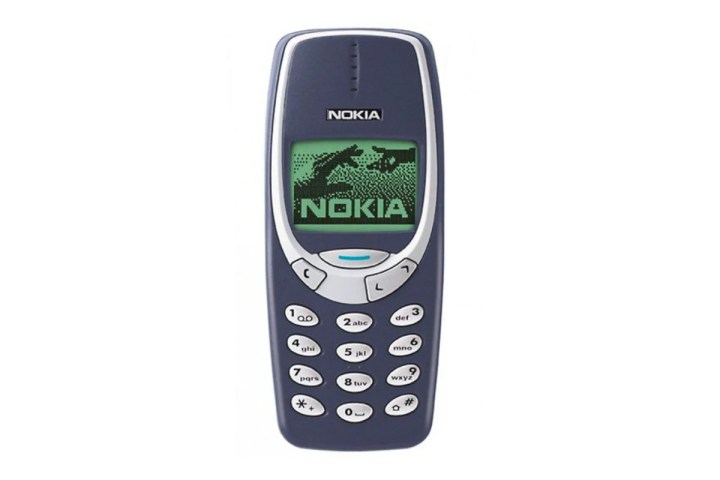
The iconic Nokia 3310 featured legendary reliability and instant messaging-like chat functionality. Although it was an update to the popular 3210, it took it a step further. It was one of the first phones to combine three SMS messages into one long text message and had games such as Snake II And Space Strike.
Although it’s not marketed as rugged, its plastic body allows it to withstand drops and impacts. Additionally, interchangeable Xpress-On covers allow for personalization. With global sales of 126 million, the 3310 was more influential than its predecessor thanks to its messaging tools and other attractive features, including a silent vibration mode.
Motorola RAZR V3 (2004)

Motorola RAZR V3 has become a true icon in the history of mobile phones, attracting everyone’s attention with its elegant design and metallic construction. Despite the $400 price tag, it became a symbol of fashion and sophistication, with more than 130 million units sold worldwide. Moreover, his popularity among celebrities and in Hollywood has made him a real milestone in the industry.
Although he was imitated by many competitors, none could match his status. In fact, Motorola revived the RAZR in 2020 to join the foldable phone trend, keeping in mind its legacy as one of the most influential devices of its time.
iPhone (2007)
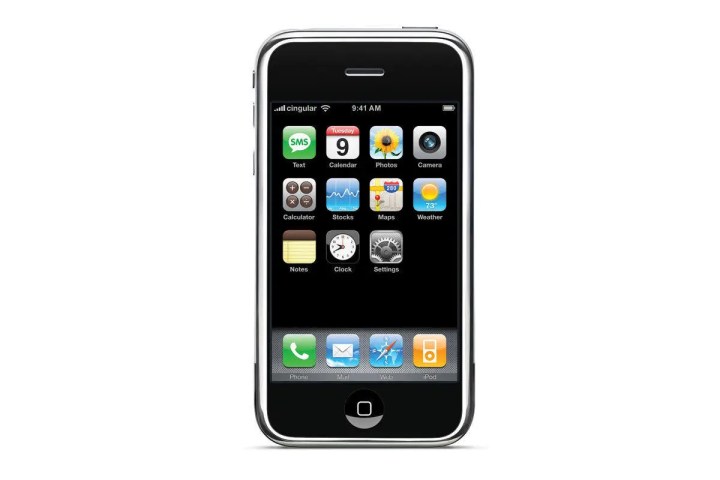
Apple’s first iPhone was a milestone in the history of mobile phones, introducing innovative ideas that changed the industry. Its full-screen design and elimination of physical buttons in favor of a revolutionary touch interface have changed the way we interact with our devices. It also offered a powerful web browser and full integration with iTunes, setting new standards for the user experience on smartphones.
Its legacy lives on through the ongoing development of subsequent models and the emergence of the App Store, which ushered in a new world of functionality and entertainment on mobile devices.
Blackberry Curve 8300 (2007)
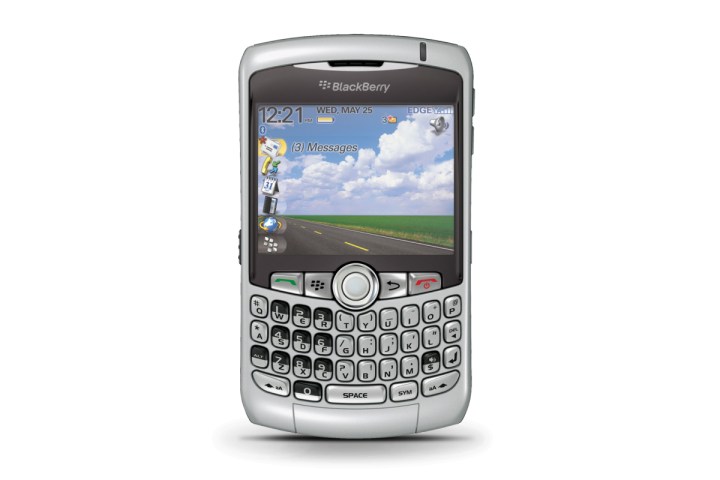
The debate about which BlackBerry had the greatest impact can go on and on. Will 850 get the title or would it be more correct to give it to 7290? We still have the BlackBerry Curve 8300.
The phone took the consumer-oriented features of the BlackBerry Pearl and developed them further by including the popular trackball function, a full QWERTY keyboard and a color display. In addition, it had a 312 MHz processor, 64 MB of internal memory, 16 MB of RAM and a camera, and some variants also included Wi-Fi or GPS.
The BlackBerry Curve was many people’s first smartphone. Moreover, this was the first real step by parent company Research In Motion towards conquering the mass market. It was a resounding success for RIM, which continued to produce a wide range of Curve devices over the years.
Google Nexus One (2010)
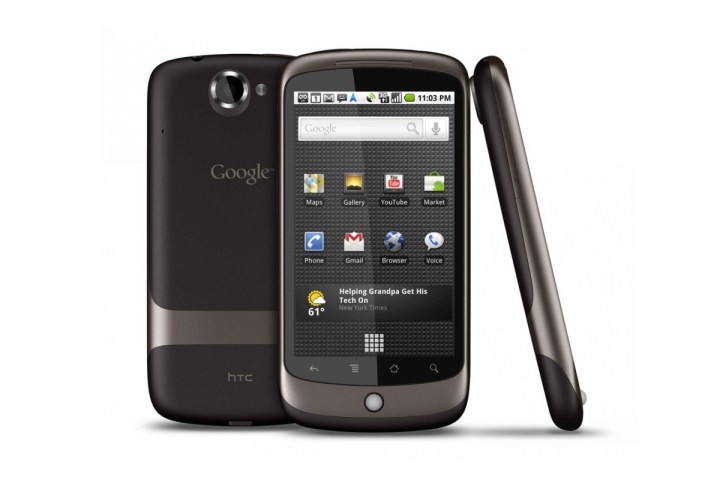
The Nexus One, produced by HTC for Google, burst onto the market in early 2010, promoting the idea of pure Android by introducing an unmodified version of the operating system. It was a milestone because it was sold directly by Google and was unlocked and compatible with users’ SIM cards.
This phone laid the foundation for the Nexus and later Pixel line of phones, as well as the Google Store. It has also become a benchmark for Android developers and users, establishing itself as one of the most influential devices in the history of mobile phones.
Samsung Galaxy Note (2011)
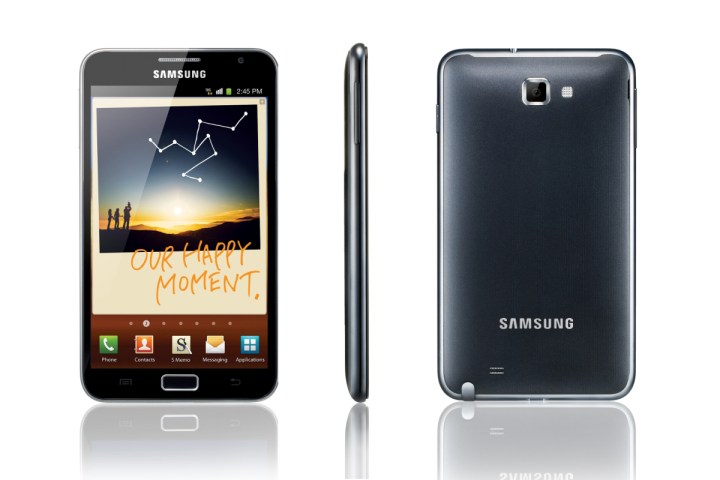
Samsung Galaxy Note launched in 2011 and made its mark in the smartphone industry. Featuring a significantly larger screen and stylus, the Note challenged convention, setting a new standard for innovation in phone design.
Since then, Samsung continued to release new versions of the Galaxy Note until it was discontinued in 2020. However, the Note’s influence has spread to the Galaxy S series, starting with the S21 Ultra, and even beyond Samsung, inspiring other manufacturers such as Apple. to follow suit and use larger screen sizes on its devices, thereby strengthening its position as a leader in technology and design.
Source: Digital Trends









